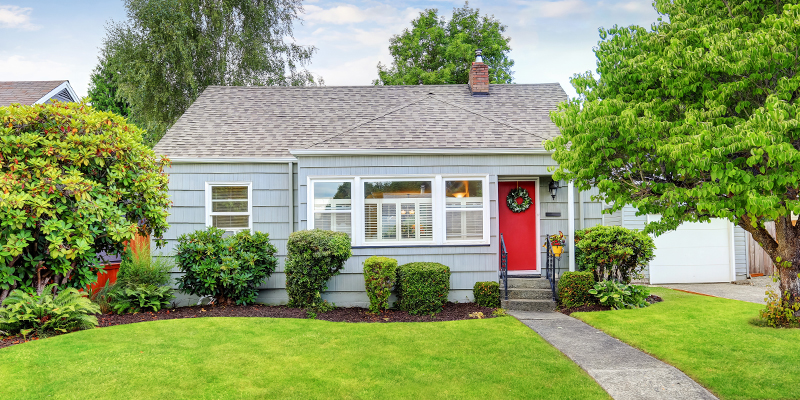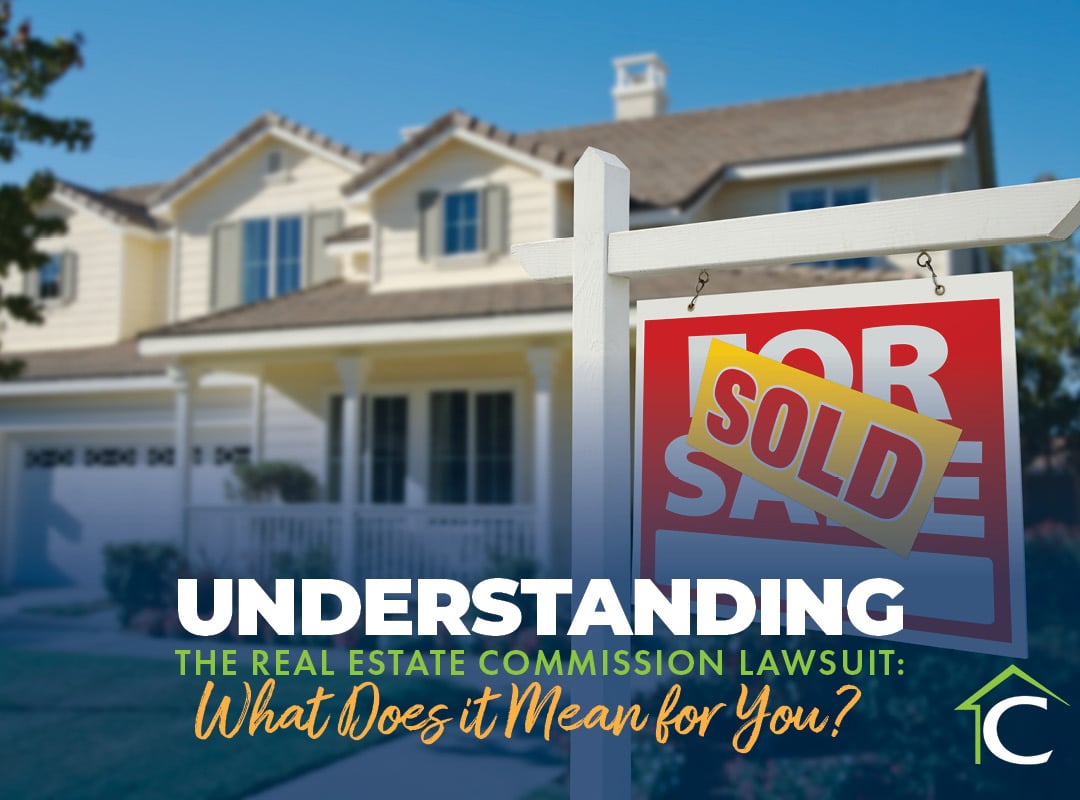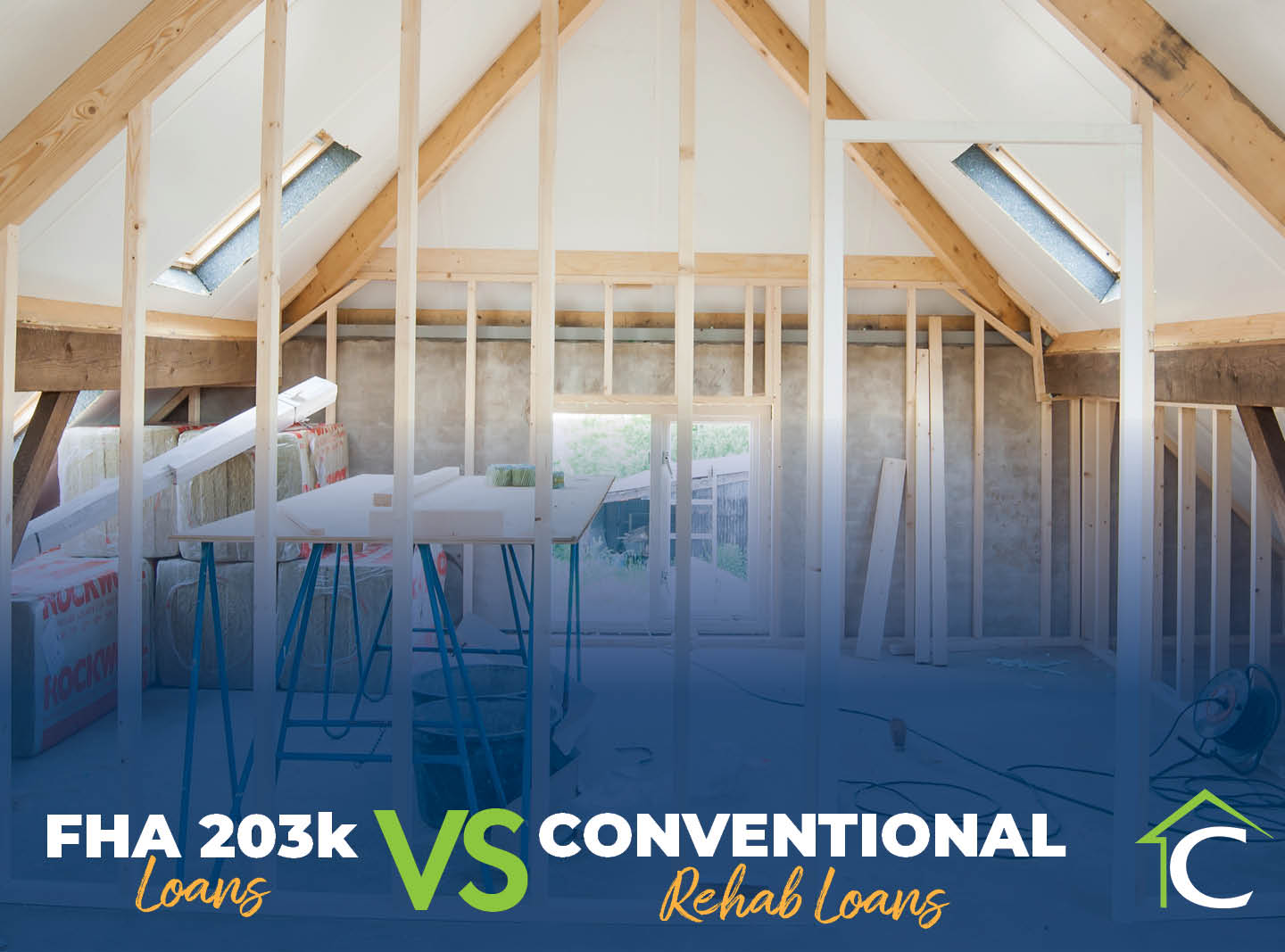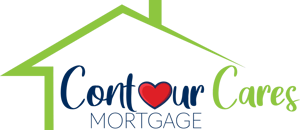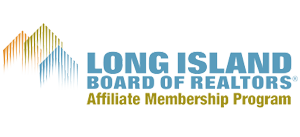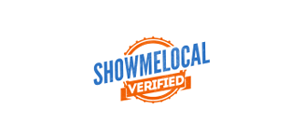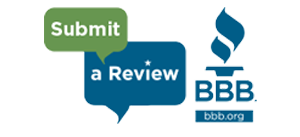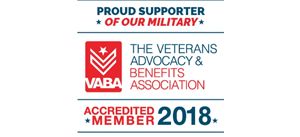Nowadays, you don’t need 20% down and an above-average income to purchase a home. With the right knowledge and an experienced mortgage banker, even low-income families can secure a mortgage with very agreeable terms.
Before discussing options, it’s important to note that all mortgages are serviced through private lenders, even those from the U.S. Department of Agriculture (USDA) and Federal Housing Administration (FHA), and quasi-public organizations the Federal Home Loan Mortgage Corporation (commonly known as Freddie Mac) and Federal National Mortgage Association (or Fannie Mae).
An FHA loan, for example, though backed by the U.S. government, is serviced by an approved lender, such as Contour Mortgage. Also worth mentioning is that banks may have these programs available, but under a lender-branded name, with slightly different terms. The requirements below are simply the minimum standards required by these backing agencies.
“Low-Income” Qualifications
Generally, households earning less than 100% to 115% of the median income level in the area meet this classification. In wealthier areas, the limits will be lower compared to the median, while the opposite is true for other lower-income areas. If you’re not sure if you qualify, there are a number of free online calculators to help you make that determination.
The following options are grouped by minimum credit score requirements, with the assumption that the borrower has a below-median income. Credit score and income are two of the most important factors that a lender considers. Besides USDA and FHA loan requirements, this useful guide outlines several types of loans and various credit and down payment parameters low- to moderate-income borrowers should consider, along with recommendations about which might work best.
USDA Loans: Optimal Options for Rural & Some Suburban Areas
Those looking to live in areas throughout the country designated “rural” by the U.S. Department of Agriculture (USDA) may be eligible for one of the most appealing loans for lower-income families—and a whopping 97% of the United States geographically, and 26% by population, fall within this category. These are loans directly from the USDA, requiring low or no money down. The USDA's interactive Property Eligibility tool can help you determine if you qualify.
Veterans can also secure loans from the U.S. Department of Veterans Affairs, also called VA loans, with no down payment whatsoever, and low rates.
For Credit Scores 500 to 579
FHA Loan With 10% Down Payment
The FHA is most well known for their 3.5% down payment loans and flexible income requirements. The lowest down payment only applies to borrowers who have a credit score over 580, however. If your score is under 580 but above 500, you may still qualify, although 10% would be required up front. If you can swing more money right away, this is still a great option for low-income buyers.
For Credit Scores 580 to 679
FHA Loan With 3.5% Down Payment
The FHA’s flagship program is great for people with lower credit scores, but does have some additional long-term costs when compared to other loans. When you initially sign up for the mortgage, you’ll have a one-time premium of 1.75% wrapped into the loan as insurance against default. Then you’ll have to pay an additional 0.45-1% of the mortgage value every year until the debt is paid off. This added charge is called a Mortgage Insurance Premium (MIP), and protects the bank in case the borrower defaults. Even with MIP, this loan is often the most affordable option for people with lower credit scores, and provides the best possibility for approval with a below-average income.
Note: Most mortgage insurance is called Private Mortgage Insurance (PMI)—similar to MIP, but with key differences. Specifically, PMI does not demand the one-time premium the FHA-exclusive MIP requires.
Other Options
The following are often touted for those with credit scores as low as 620 but typically require 20% or more down and a higher-than-average income. If your income is low and your credit score is under 680, an FHA loan is likely the best place to start a conversation with your lender.
For Credit Scores 680+
In this credit bracket you’d absolutely qualify for an FHA loan, but other options are highly likely to give you a lower down payment, reduced monthly payments, and a better deal, overall. When in doubt, consult your mortgage broker.
HomeReady & Home Possible Mortgages
Fannie Mae's tagline for its HomeReady Mortgage program is: “Put low to moderate-income borrowers with good credit in homes for as little as 3% down.”
One of the most important features of this loan is the income cap at or below the median, depending on how affluent an area is. Some very poor areas have the income cap removed, but this is the exception. The easiest way to see if you qualify is to use the eligibility tool on the Fannie Mae website.
HomeReady and Home Possible mortgage programs are identical but for their backing agencies—the latter is from Freddie Mac. These mortgages have down payments as low as 3% for borrowers with a credit score over 680 and a debt-to-income ratio (DTI) of less than 36%. As the DTI increases, either the down payment or the credit score must increase, to be approved.
Both programs also require the homeowner to take Private Mortgage Insurance (PMI) until they have 20% equity on the house (although the PMI is discounted, compared to typical rates). Once the borrower has paid off 20% of the purchase price, the PMI is automatically cancelled, lowering the monthly payment.
New homeowners must also take a homeowner’s education course once approved.
Conventional 97 Loans
This Fannie Mae program is very similar to HomeReady and Home Possible, with a few exceptions. The biggest difference is that there are no income limits, and it is meant primarily for new homeowners. Previous homeowners can apply, but the borrower (or one of the borrowers) must not have owned any residential property for at least three years.
Conventional 97 also requires PMI until the homeowner has paid off 22%, but does not mandate new homeowners to take any education classes. This loan requires a 3% down payment (hence its name), depending on credit score and DTI, just as the Fannie Mae and Freddie Mac programs. Because they’re so similar, the choice between the three often boils down to a lender’s offerings.
Piggyback Loans
To secure a traditional loan through a conventional lender typically requires 20% down, or a lower initial payment and PMI. A piggyback loan circumvents this. Essentially, the borrower acquires one loan to cover 80% of the house cost, and then a second to “piggyback” off the first and help pay for the down payment, while avoiding PMI.
These are often referred to as 80-10-10 or 80-15-5 loans, which refers to the loan breakdown: 80% mortgage, 10% piggyback loan,10% down payment, or 80% mortgage, 15% piggyback, 5% down.
The borrower is typically required to have a credit score above 680 and higher-than-average income, but low-income borrowers are sometimes still approved.
Other Conventional Loans
If you have low debt, a high credit score, and can afford 10% for a down payment, it’s worth asking your broker about in-house mortgage options. Some providers offer loans for 90% of a house’s purchase price, with the addition of PMI.
Contour Mortgage: Your Home Loan Solution
As you can see, you don’t need a 20% down payment and high income to secure a mortgage. There are a variety of options for low-income earners in a variety of credit brackets. Now that you have an idea of what your options might be, contact Contour Mortgage, today, to learn about the perfect fit.

